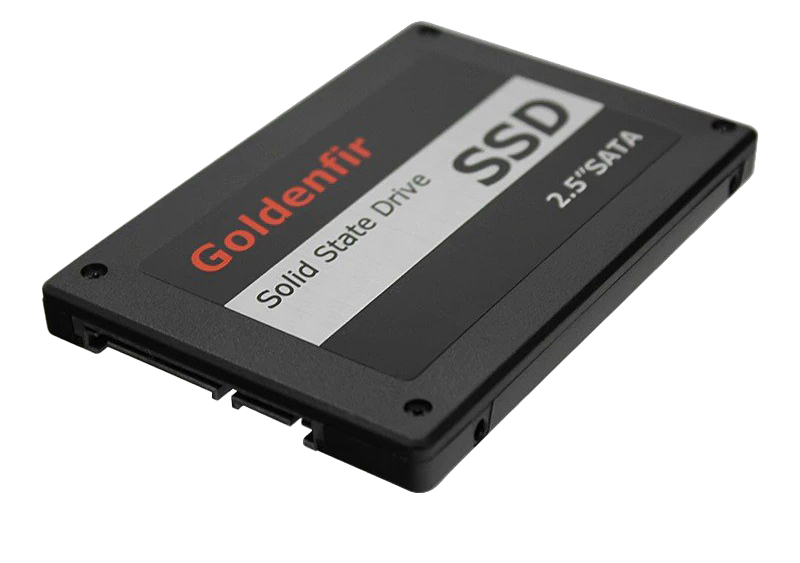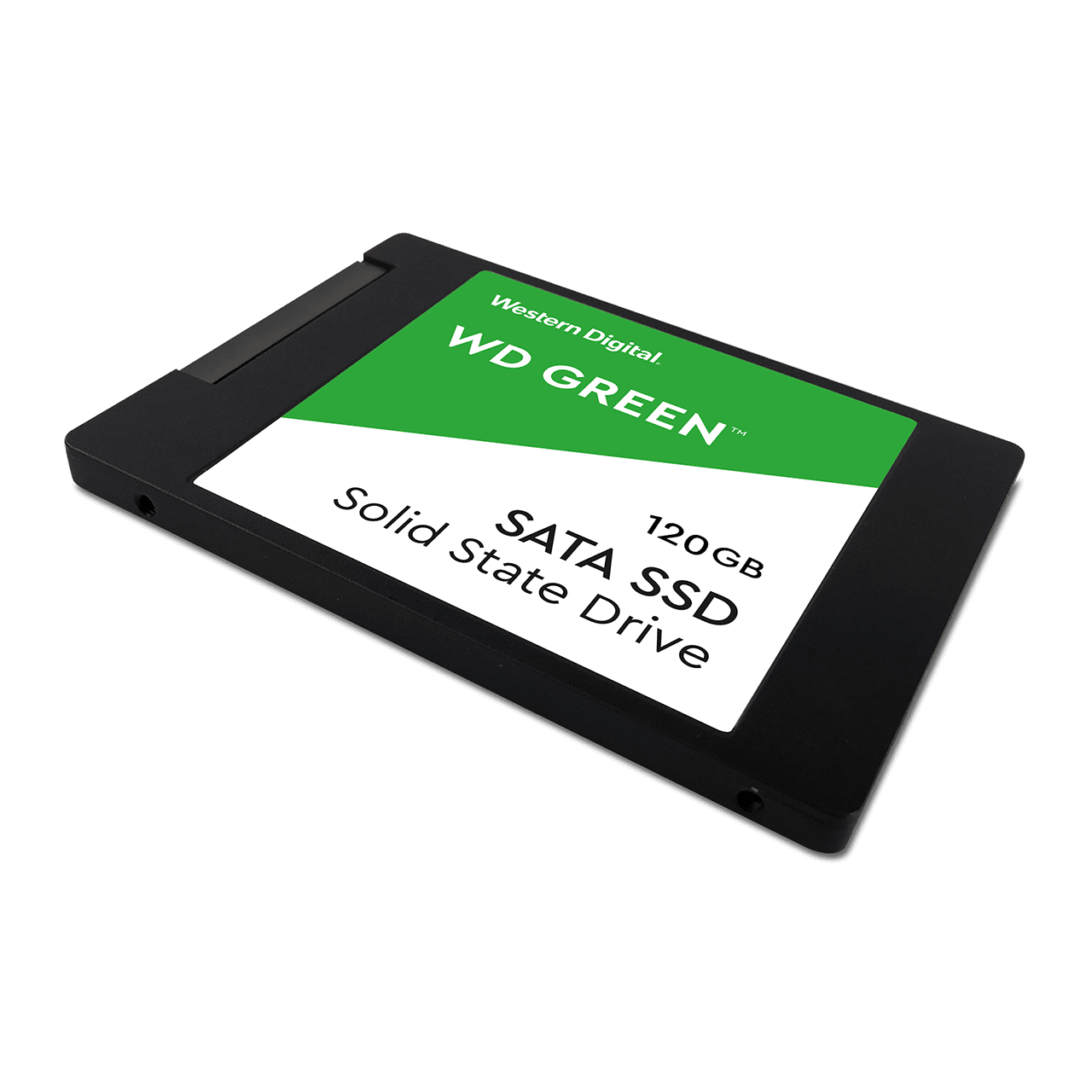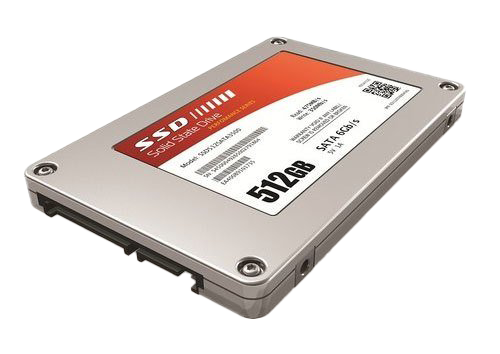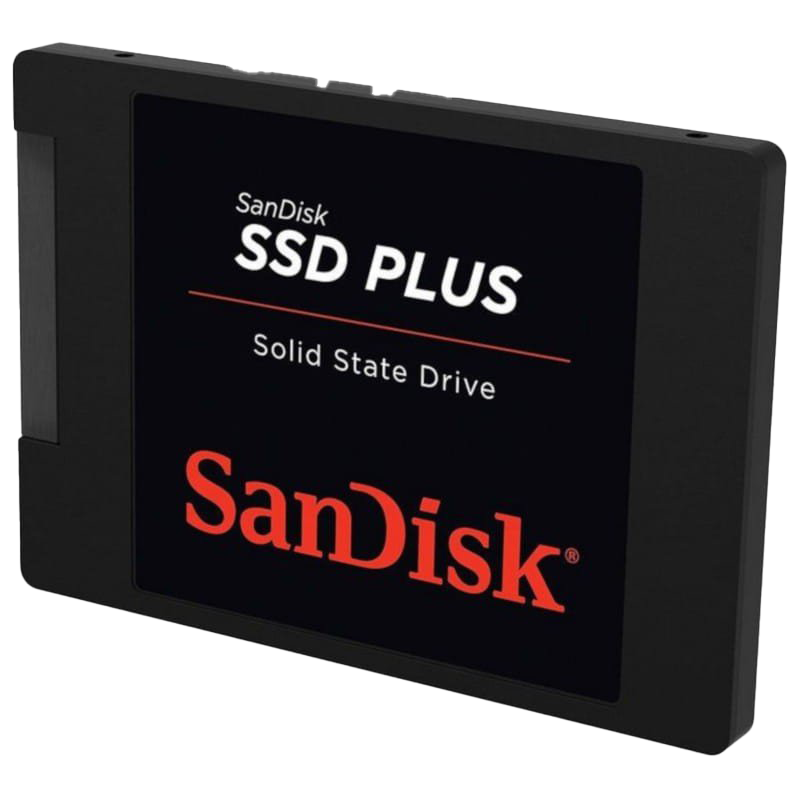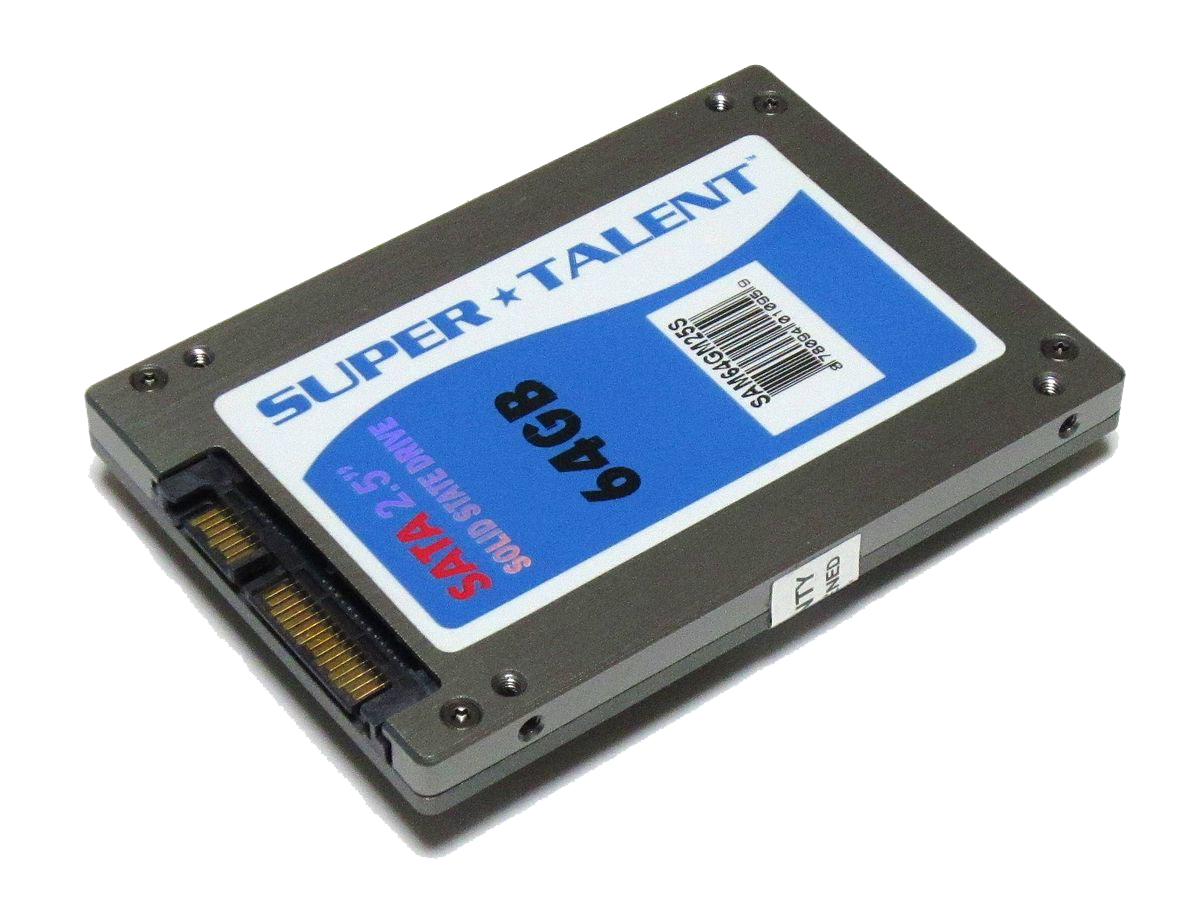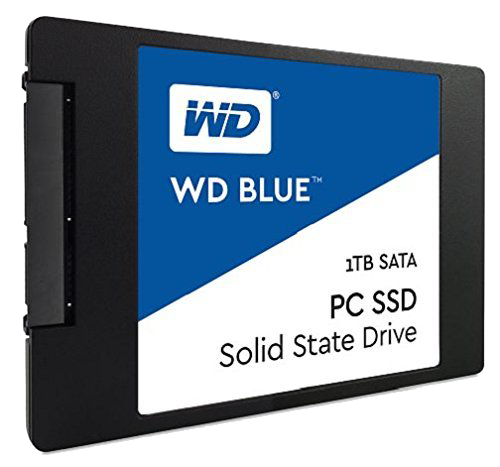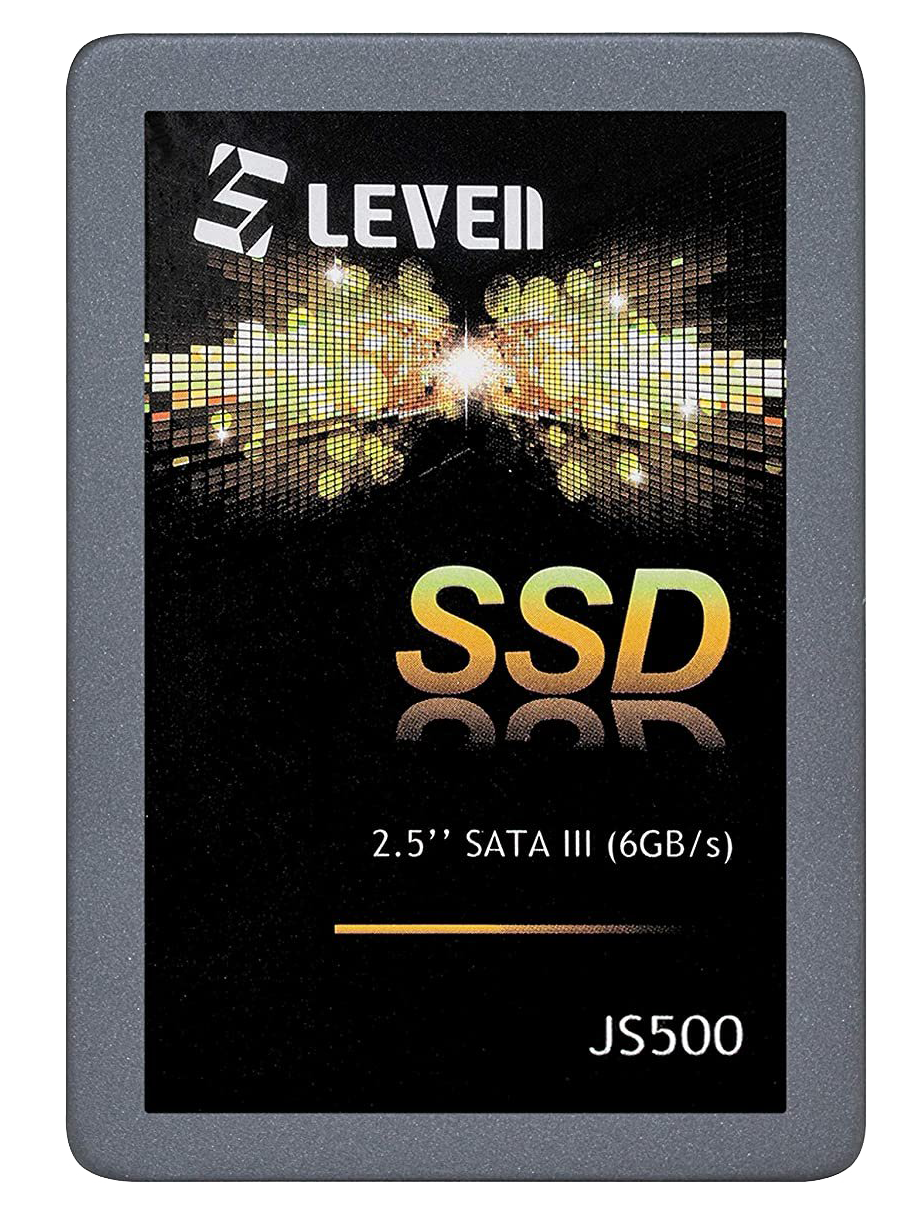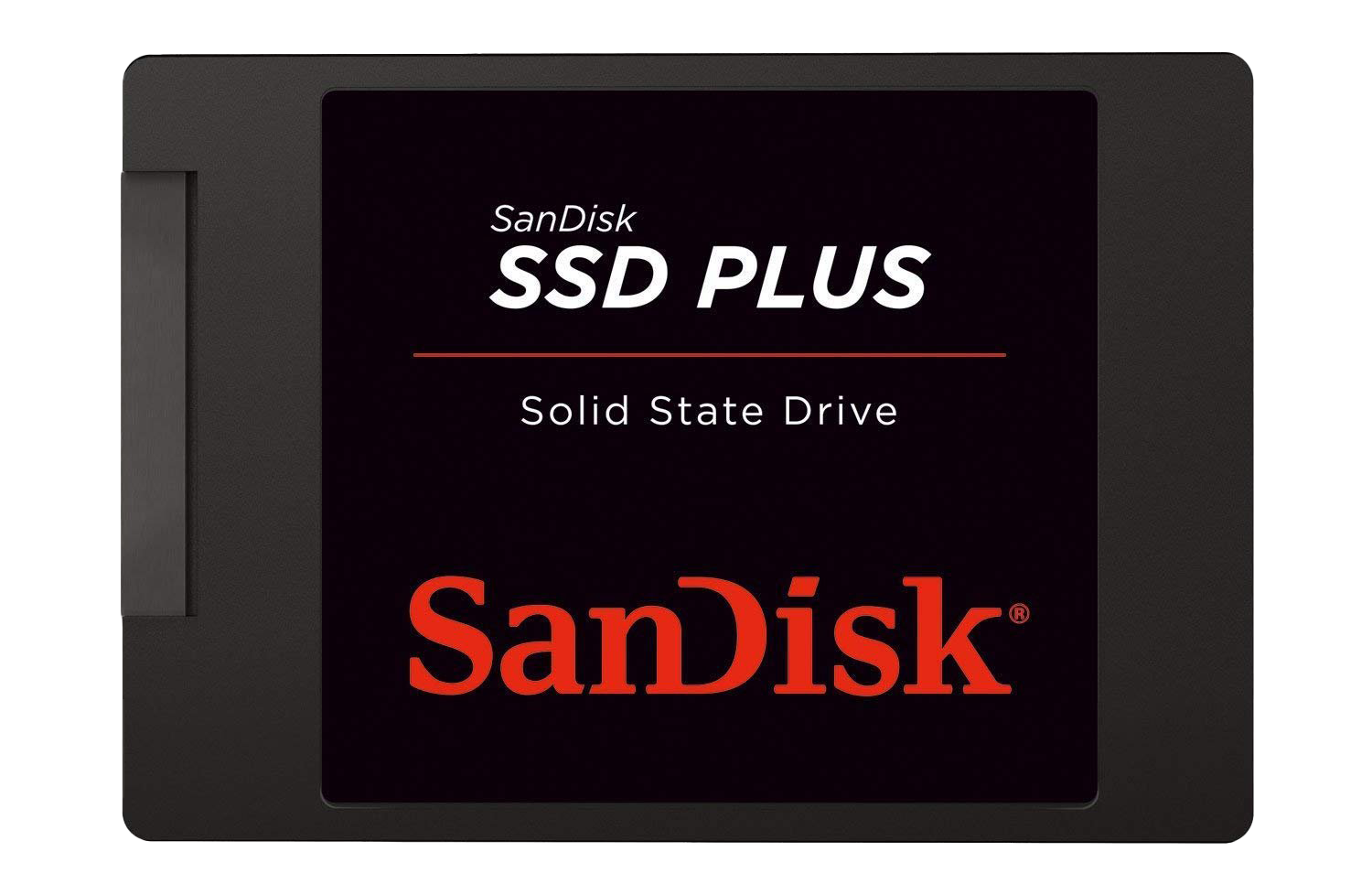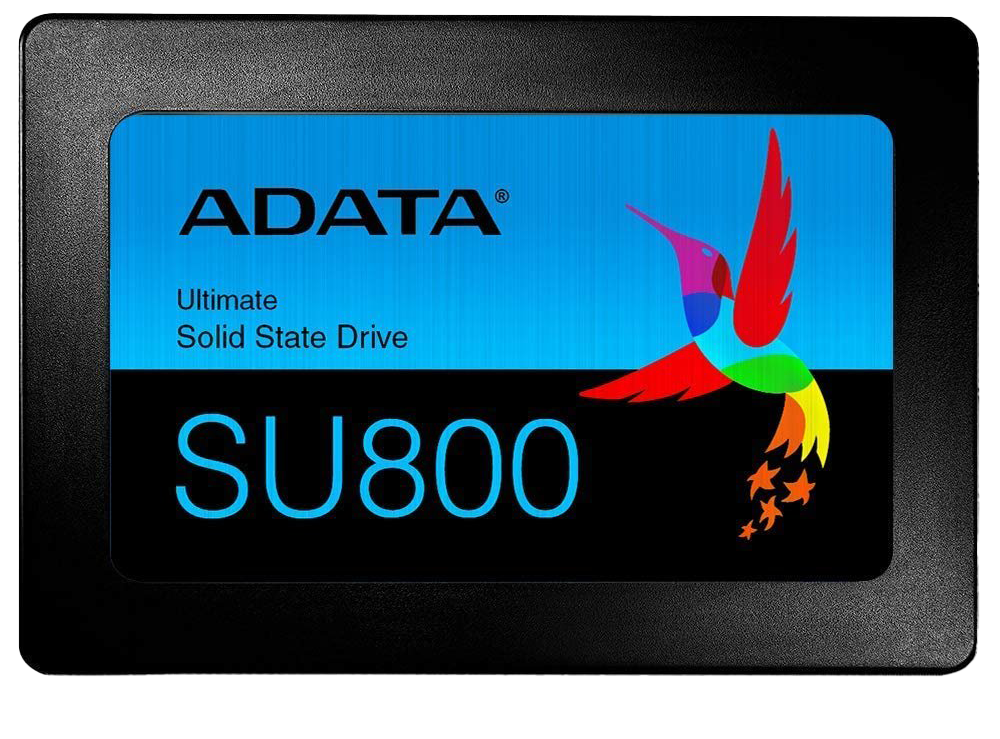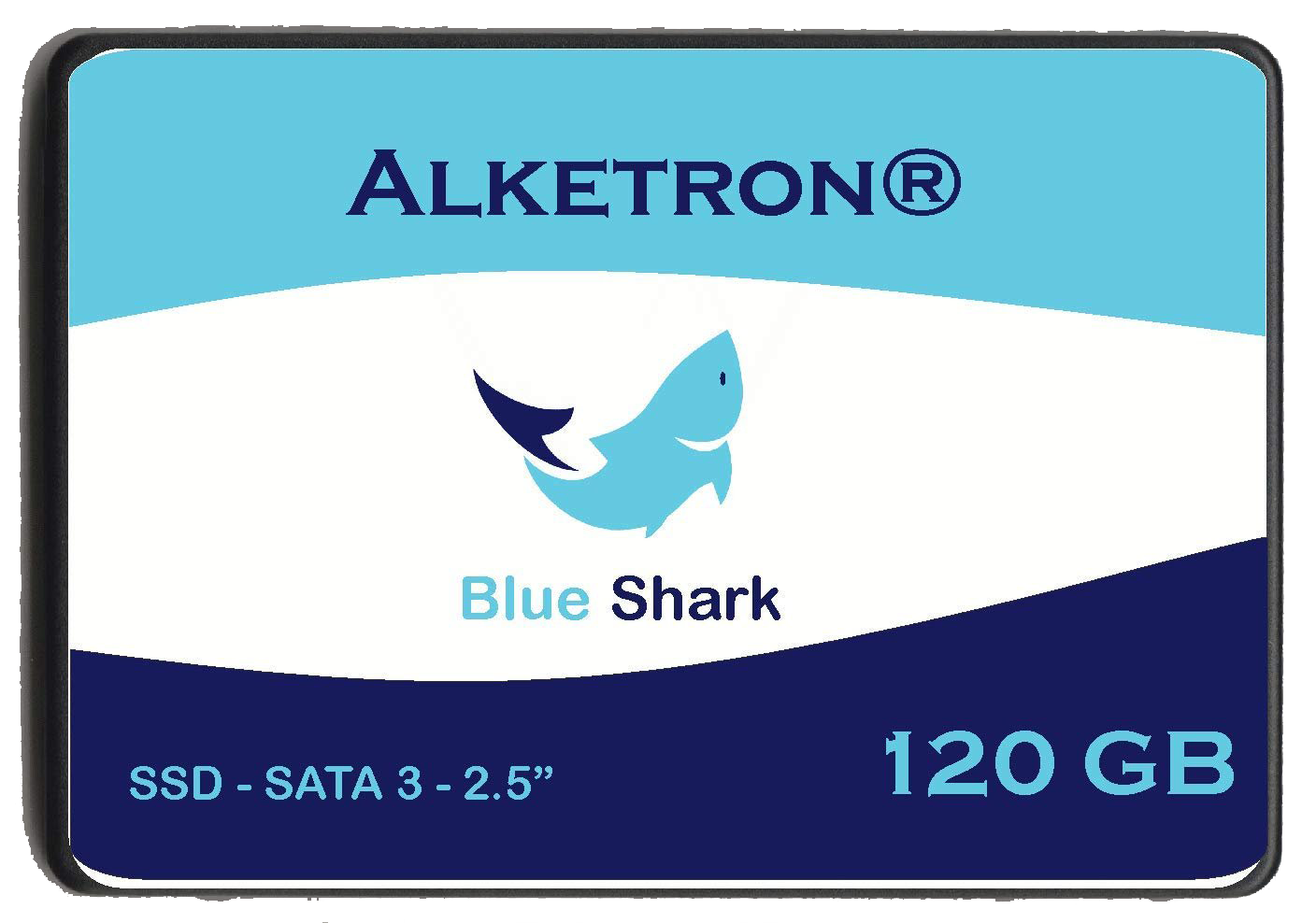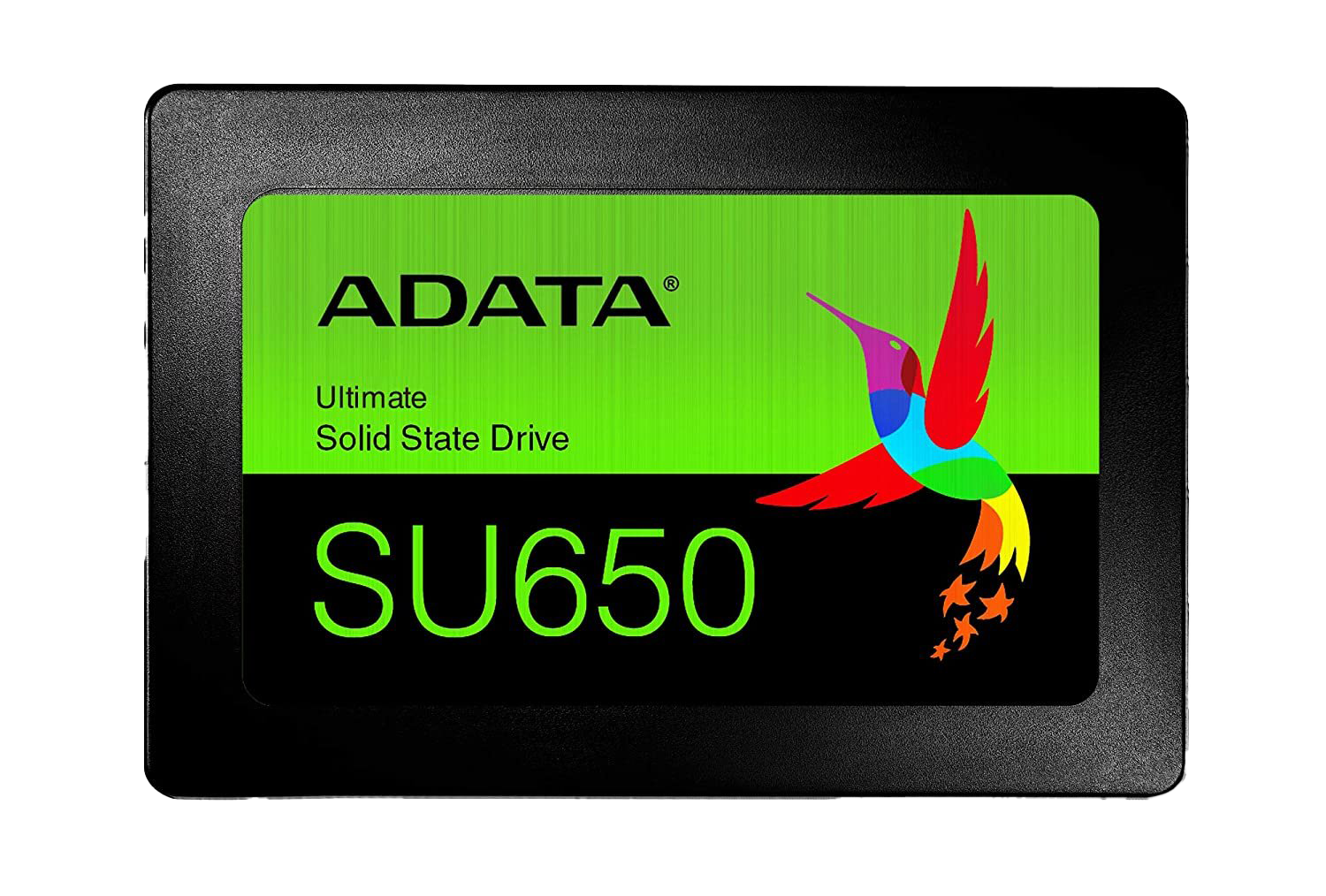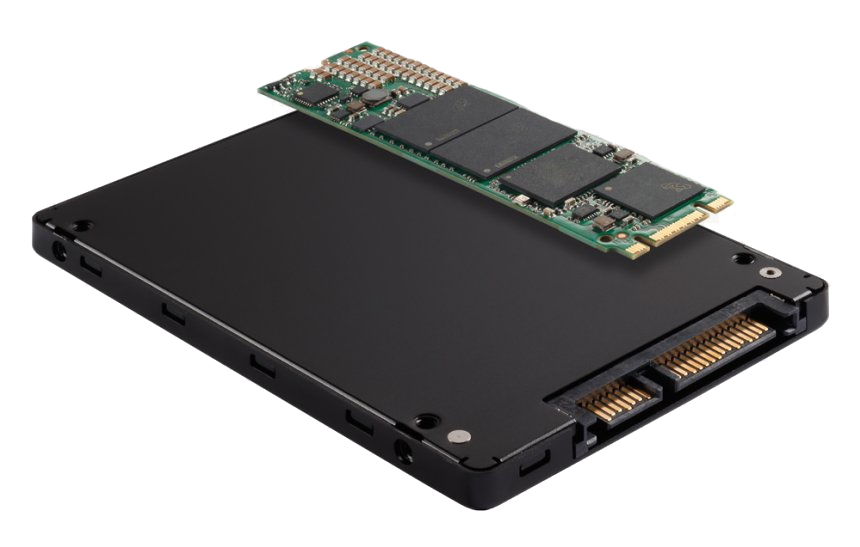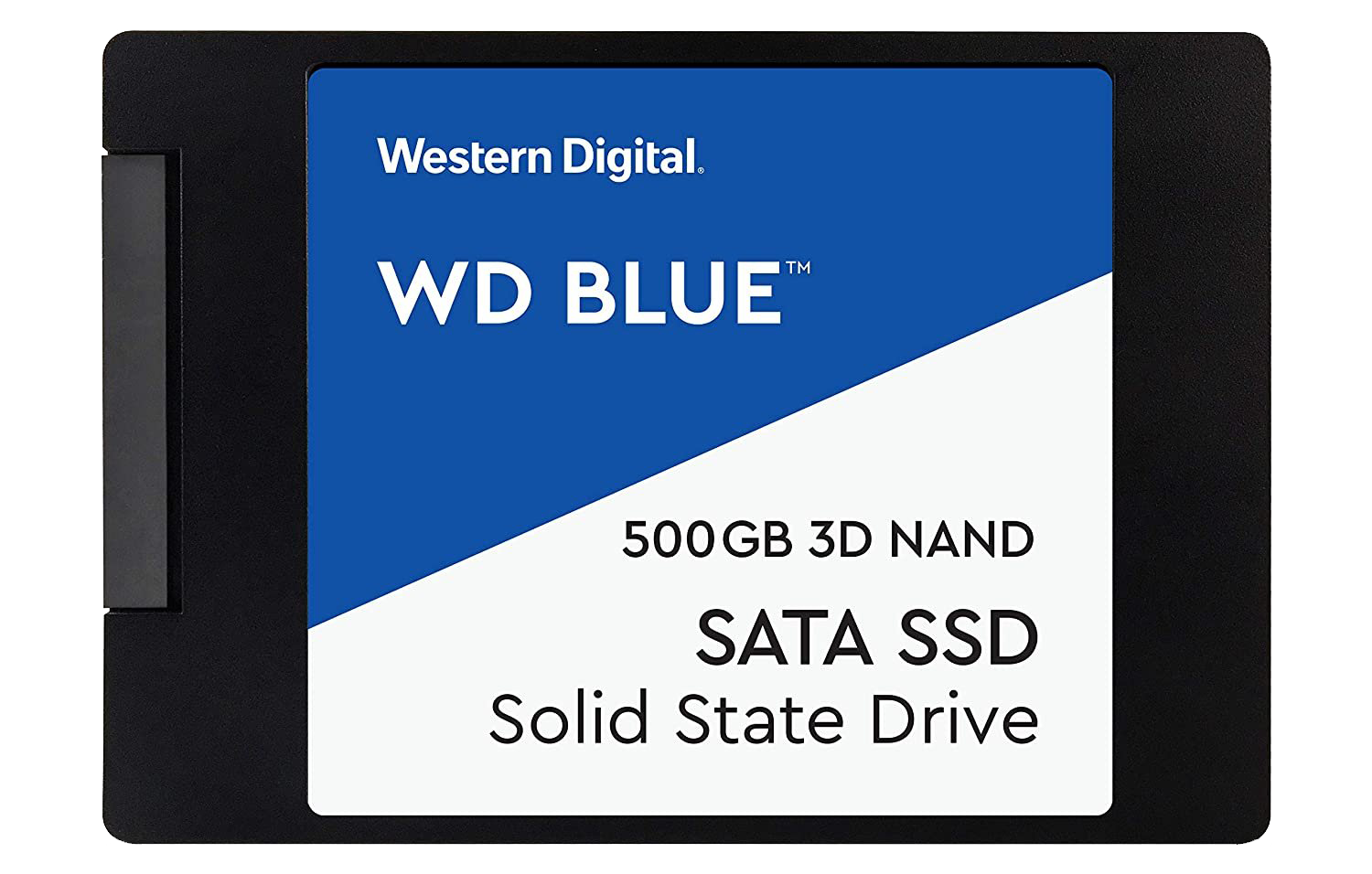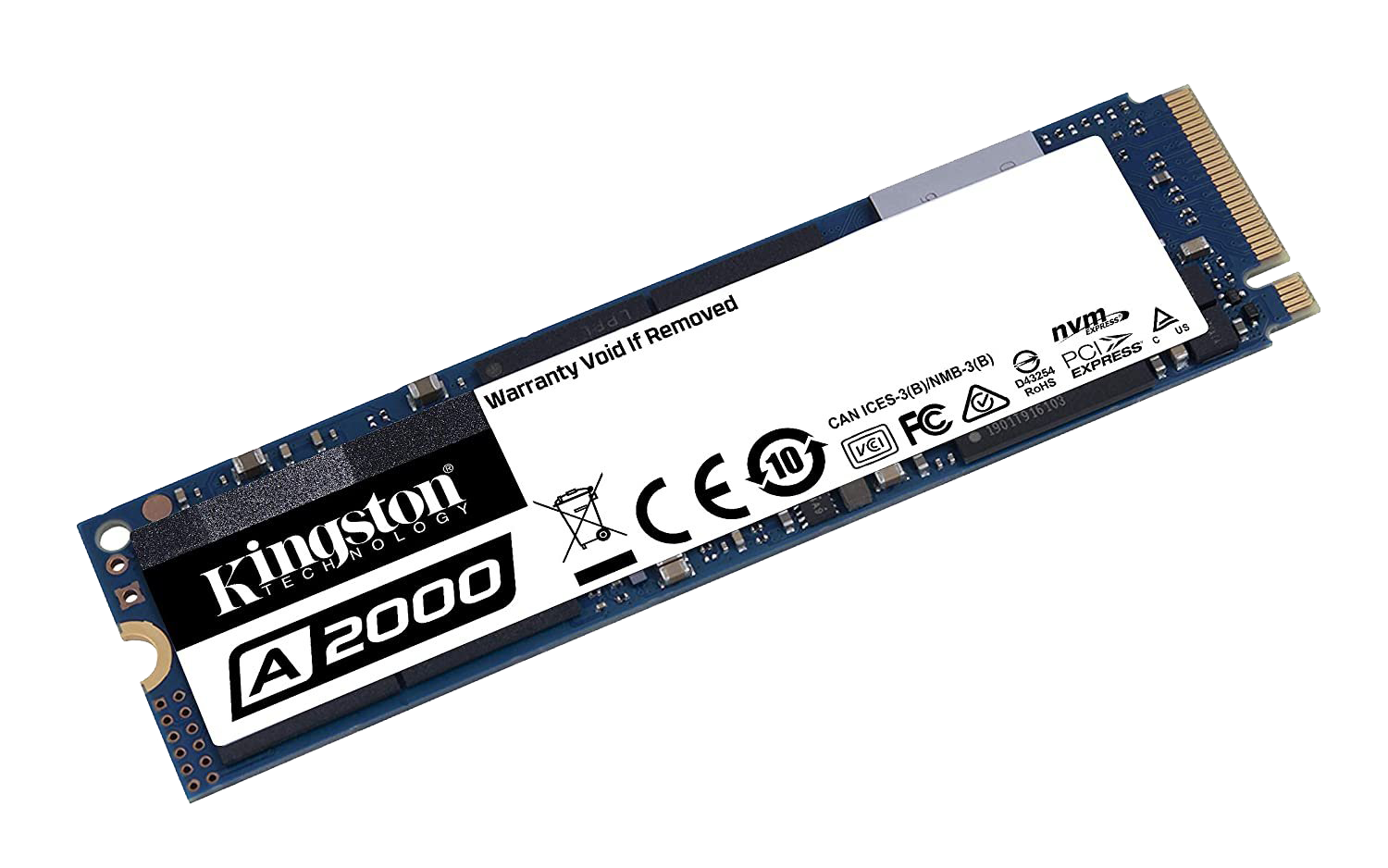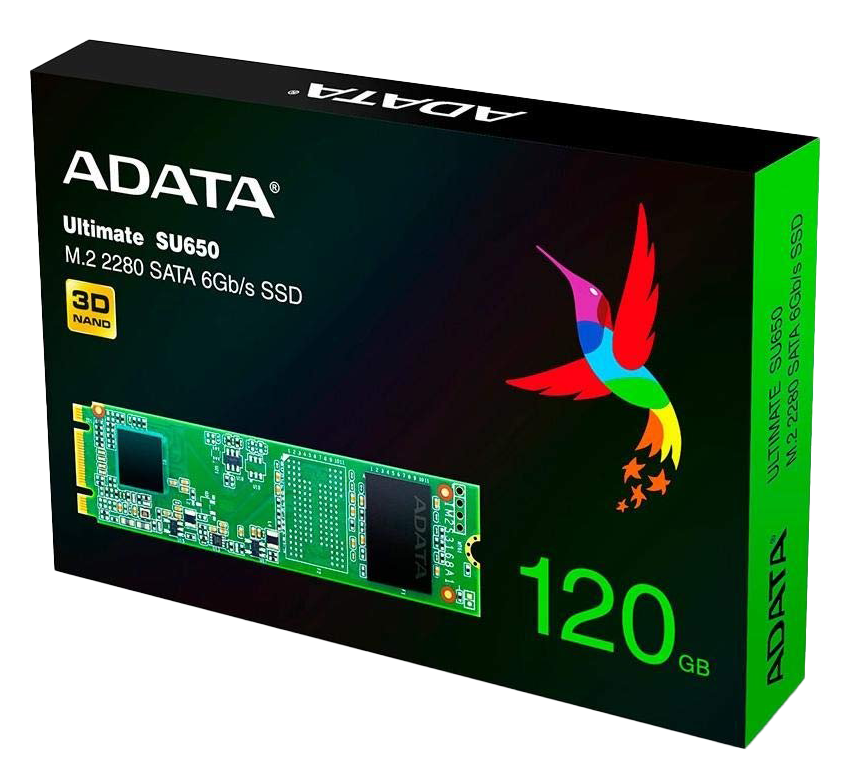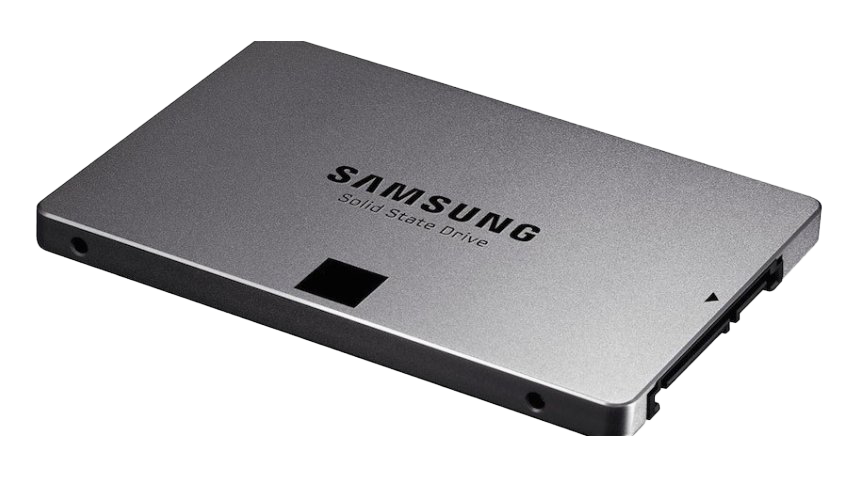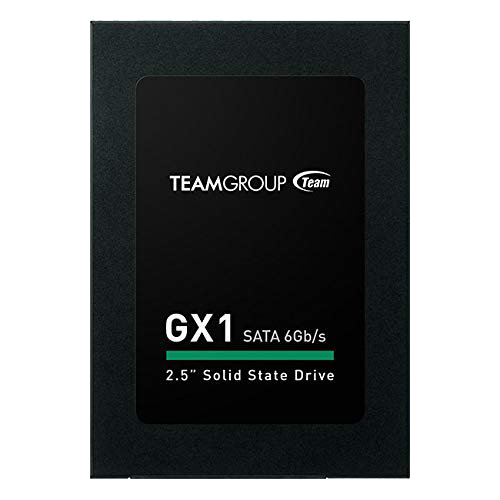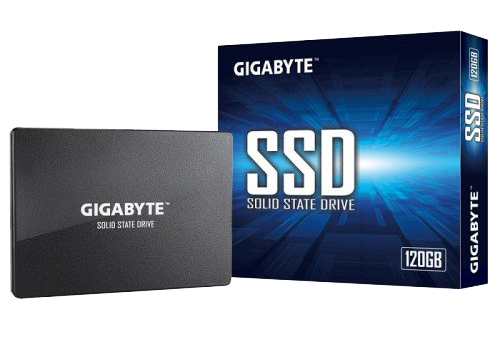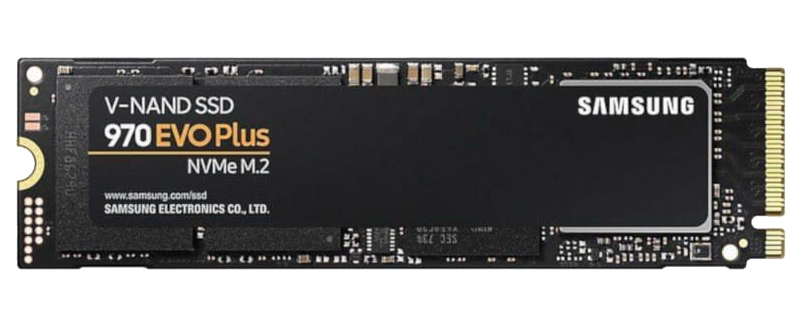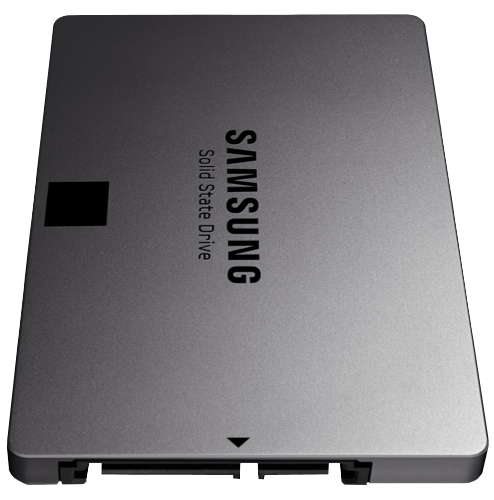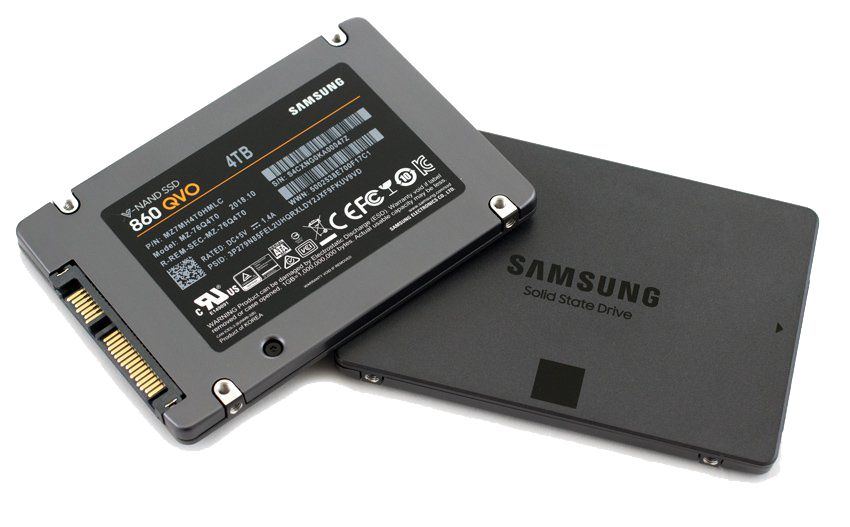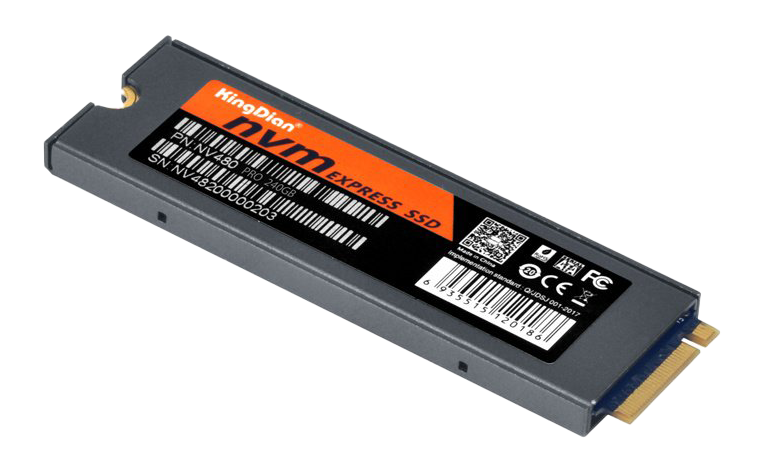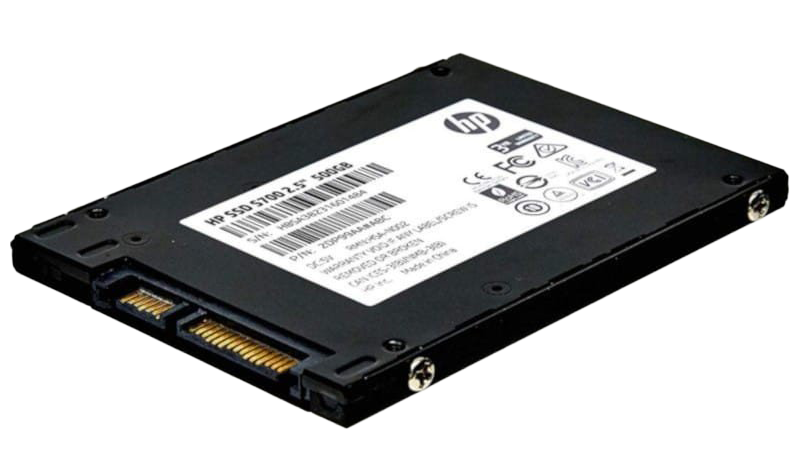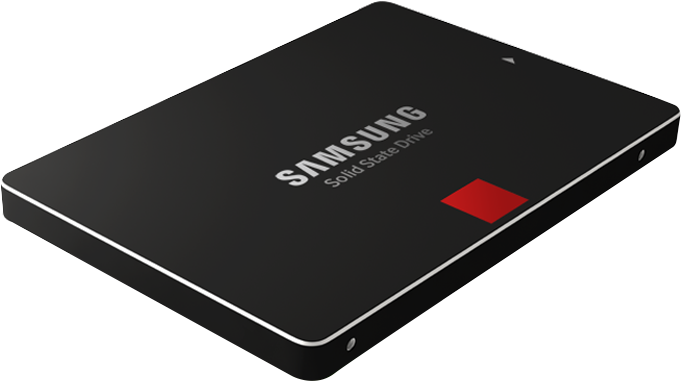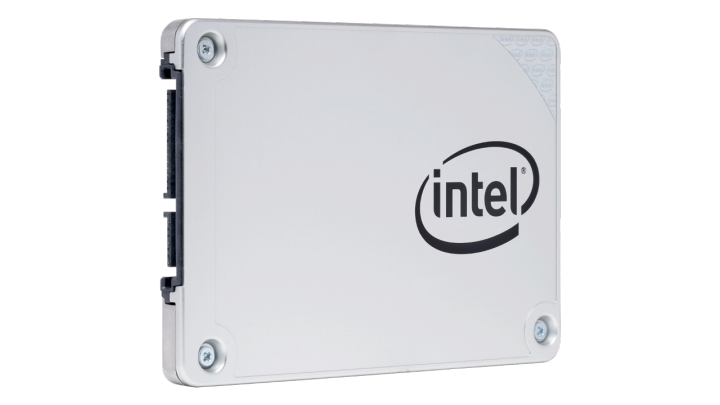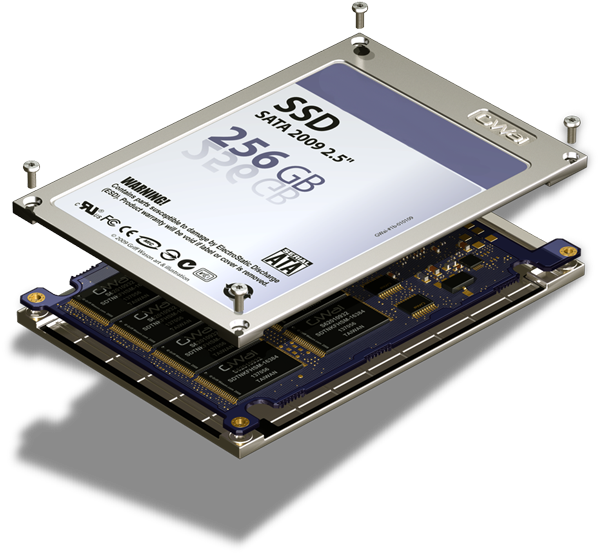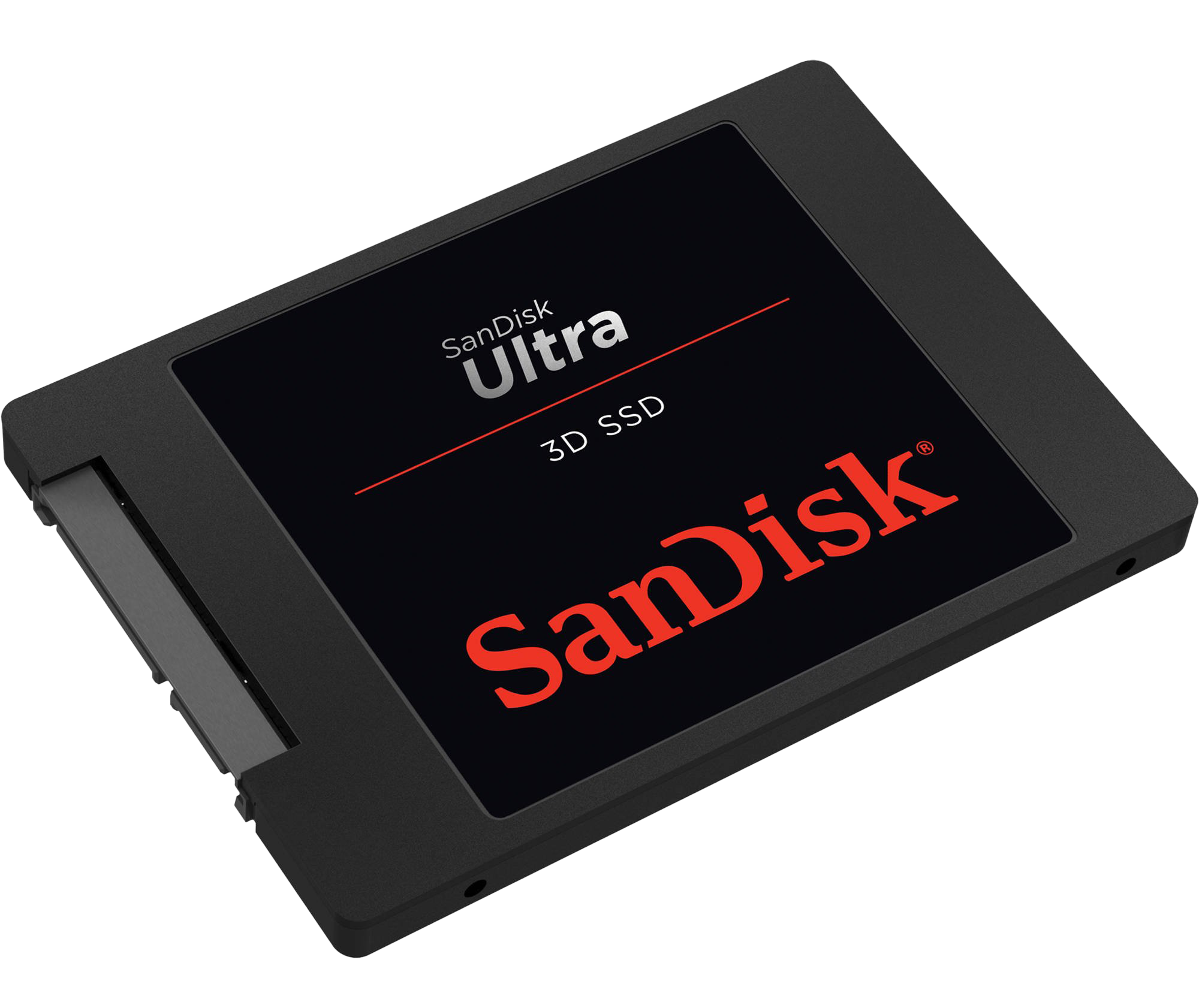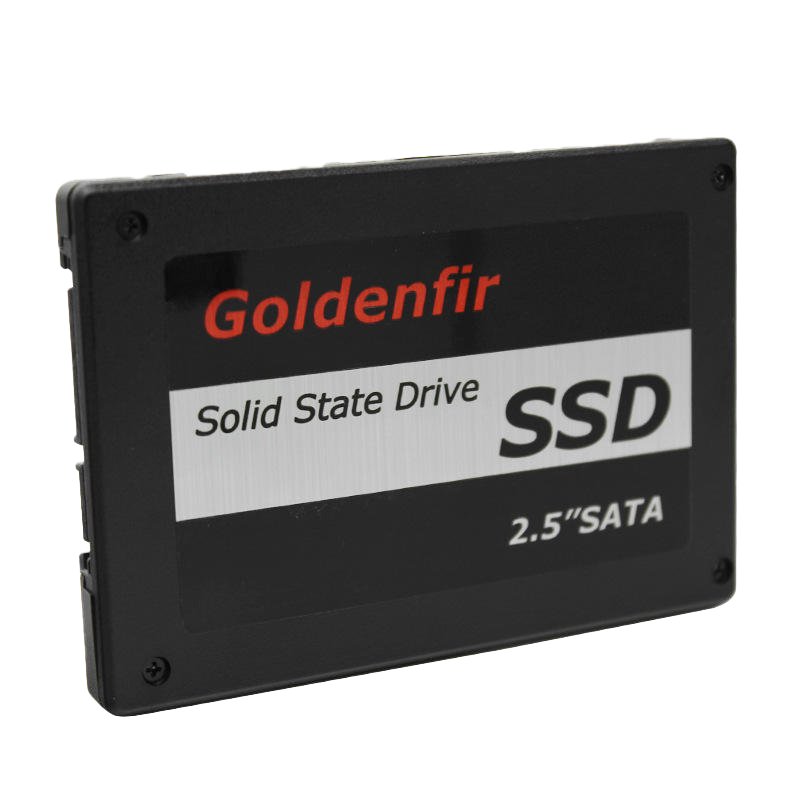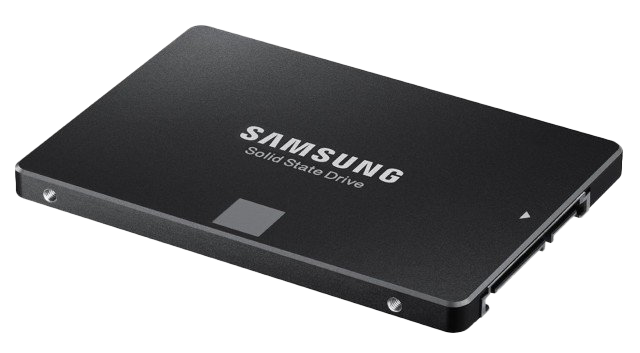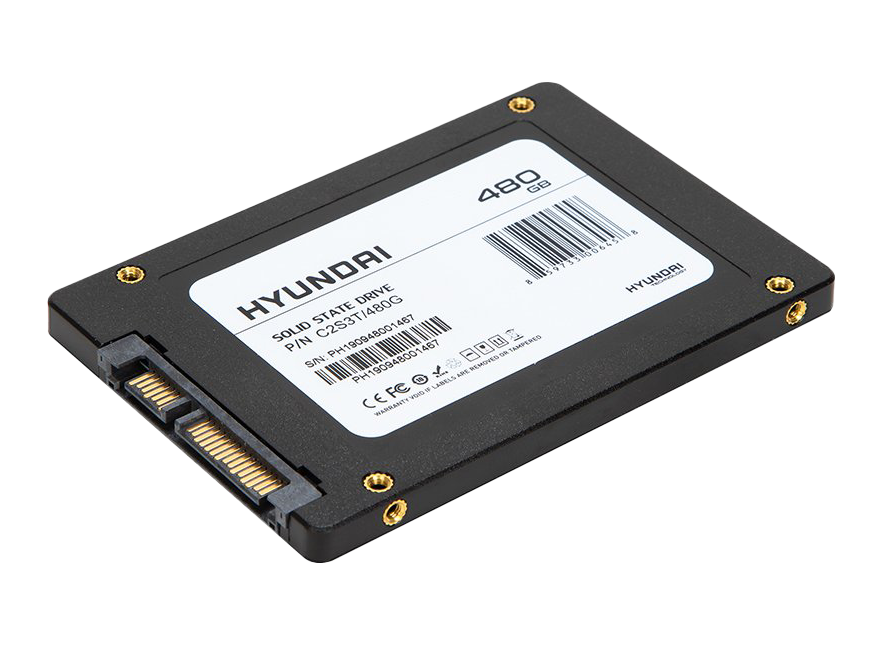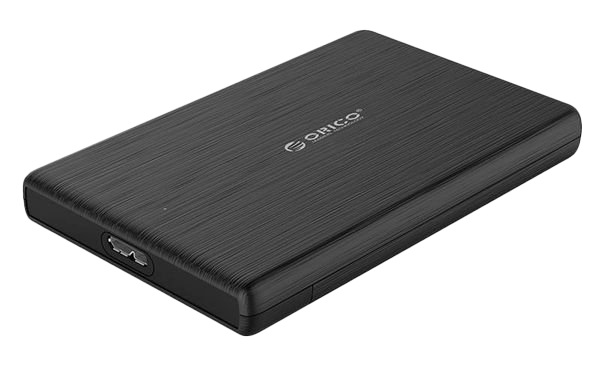Download top and best high-quality free SSD (Solid State Drive) PNG Transparent Images backgrounds available in various sizes. To view the full PNG size resolution click on any of the below image thumbnail.
License Info: Creative Commons 4.0 BY-NC
A solid state drive (SSD) is a solid state storage device that uses integrated circuit assemblies to persistently store data, generally using flash memory, and functions as secondary memory in a computer storage hierarchy. It is also sometimes referred to as solid-state device or a solid-state disk, although solid state drives do not have the physical spinning drives and movable read/write heads used in hard disk drives (“HDDs”) or floppy disks.
Compared to electromechanical drives, solid-state drives are generally more resistant to physical shock, run quietly, have faster access times and lower latency. SSDs store data in semiconductor cells. By 2019, cells can contain 1 to 4 bits of data. SSD storage devices vary in their properties based on the number of bits stored in each cell, with single bit cells (“SLCs”) generally being the most reliable, durable, fast, and expensive types compared to 2 and 3 bit cells (“MLC” and “TLC”) and finally quad-bit cells (“QLC”) are used for consumer devices that do not require such extreme properties and are the cheapest of the four. In addition, 3D XPoint memory (sold by Intel under the Optane brand) stores data by altering the electrical resistance of cells rather than storing electrical charges in cells, and SSDs made from RAM can be used for high speed, when data consistency after power outage is not required or can use battery power to store data when its normal power supply is not available. Hybrid drives or solid-state hybrid (SSHDs), such as Apple’s Fusion Drive, combine the features of an SSD and an HDD on a single drive, using both flash memory and hard drives to improve the performance of frequently accessed data.
Although the price of solid state drives continues to decline over time, solid state drives (from 2020) still cost more per storage unit than HDD’s hard drives and are expected to remain so for the next decade.
NAND Flash SSDs will gradually drain over time if left unpowered for a long time. This causes worn-out disks (which have exceeded their endurance rating) begin to lose data, typically after a year (when stored at 30°C) to two years (at 25°C) during storage; new devices take longer. Therefore, solid state drives are not suitable for archival storage. 3D XPoint is a possible exception to this rule, but it is a relatively new technology with unknown characteristics for long-term data storage.
Solid state drives can use traditional hard disk drive (HDD) interfaces and form factors, or newer interfaces and form factors that take advantage of the specific flash memory in solid state drives. Traditional interfaces (such as SATA and SAS) and standard HDD allow these SSDs to be used as drop-in replacements HDD in computers and other devices.
Download SSD (Solid State Drive) PNG images transparent gallery.
- SSD PNG Picture
Resolution: 800 × 563
Size: 209 KB
Image Format: .png
Download
- SSD PNG Transparent HD Photo
Resolution: 1280 × 1280
Size: 80 KB
Image Format: .png
Download
- SSD PNG
Resolution: 500 × 354
Size: 133 KB
Image Format: .png
Download
- SSD Transparent
Resolution: 800 × 800
Size: 213 KB
Image Format: .png
Download
- SSD
Resolution: 1200 × 900
Size: 774 KB
Image Format: .png
Download
- Solid State Drive PNG Clipart
Resolution: 500 × 467
Size: 139 KB
Image Format: .png
Download
- Solid State Drive PNG Download Image
Resolution: 910 × 1223
Size: 1253 KB
Image Format: .png
Download
- Solid State Drive PNG File
Resolution: 1500 × 954
Size: 470 KB
Image Format: .png
Download
- Solid State Drive PNG Free Download
Resolution: 1000 × 1000
Size: 581 KB
Image Format: .png
Download
- Solid State Drive PNG Free Image
Resolution: 1000 × 739
Size: 693 KB
Image Format: .png
Download
- Solid State Drive PNG HD Image
Resolution: 1408 × 988
Size: 416 KB
Image Format: .png
Download
- Solid State Drive PNG High Quality Image
Resolution: 1500 × 1014
Size: 1046 KB
Image Format: .png
Download
- Solid State Drive PNG Image
Resolution: 860 × 547
Size: 220 KB
Image Format: .png
Download
- Solid State Drive PNG Images
Resolution: 1500 × 956
Size: 693 KB
Image Format: .png
Download
- Solid State Drive PNG Pic
Resolution: 1500 × 938
Size: 583 KB
Image Format: .png
Download
- Solid State Drive PNG Picture
Resolution: 850 × 769
Size: 411 KB
Image Format: .png
Download
- Solid State Drive PNG
Resolution: 860 × 501
Size: 246 KB
Image Format: .png
Download
- Solid State Drive Transparent
Resolution: 500 × 500
Size: 107 KB
Image Format: .png
Download
- Solid State Drive
Resolution: 500 × 344
Size: 158 KB
Image Format: .png
Download
- SSD PNG Clipart
Resolution: 800 × 309
Size: 188 KB
Image Format: .png
Download
- SSD PNG Download Image
Resolution: 494 × 500
Size: 178 KB
Image Format: .png
Download
- SSD PNG File Download Free
Resolution: 850 × 527
Size: 321 KB
Image Format: .png
Download
- SSD PNG File
Resolution: 766 × 474
Size: 232 KB
Image Format: .png
Download
- SSD PNG Free Download
Resolution: 800 × 461
Size: 214 KB
Image Format: .png
Download
- SSD PNG Free Image
Resolution: 681 × 381
Size: 154 KB
Image Format: .png
Download
- SSD PNG HD Image
Resolution: 720 × 405
Size: 180 KB
Image Format: .png
Download
- SSD PNG High Quality Image
Resolution: 598 × 553
Size: 291 KB
Image Format: .png
Download
- SSD PNG Image File
Resolution: 2000 × 1682
Size: 986 KB
Image Format: .png
Download
- SSD PNG Image HD
Resolution: 512 × 512
Size: 154 KB
Image Format: .png
Download
- SSD PNG Image
Resolution: 800 × 800
Size: 209 KB
Image Format: .png
Download
- SSD PNG Images
Resolution: 640 × 353
Size: 133 KB
Image Format: .png
Download
- SSD PNG Photo
Resolution: 883 × 645
Size: 342 KB
Image Format: .png
Download
- SSD PNG Pic
Resolution: 600 × 388
Size: 126 KB
Image Format: .png
Download
